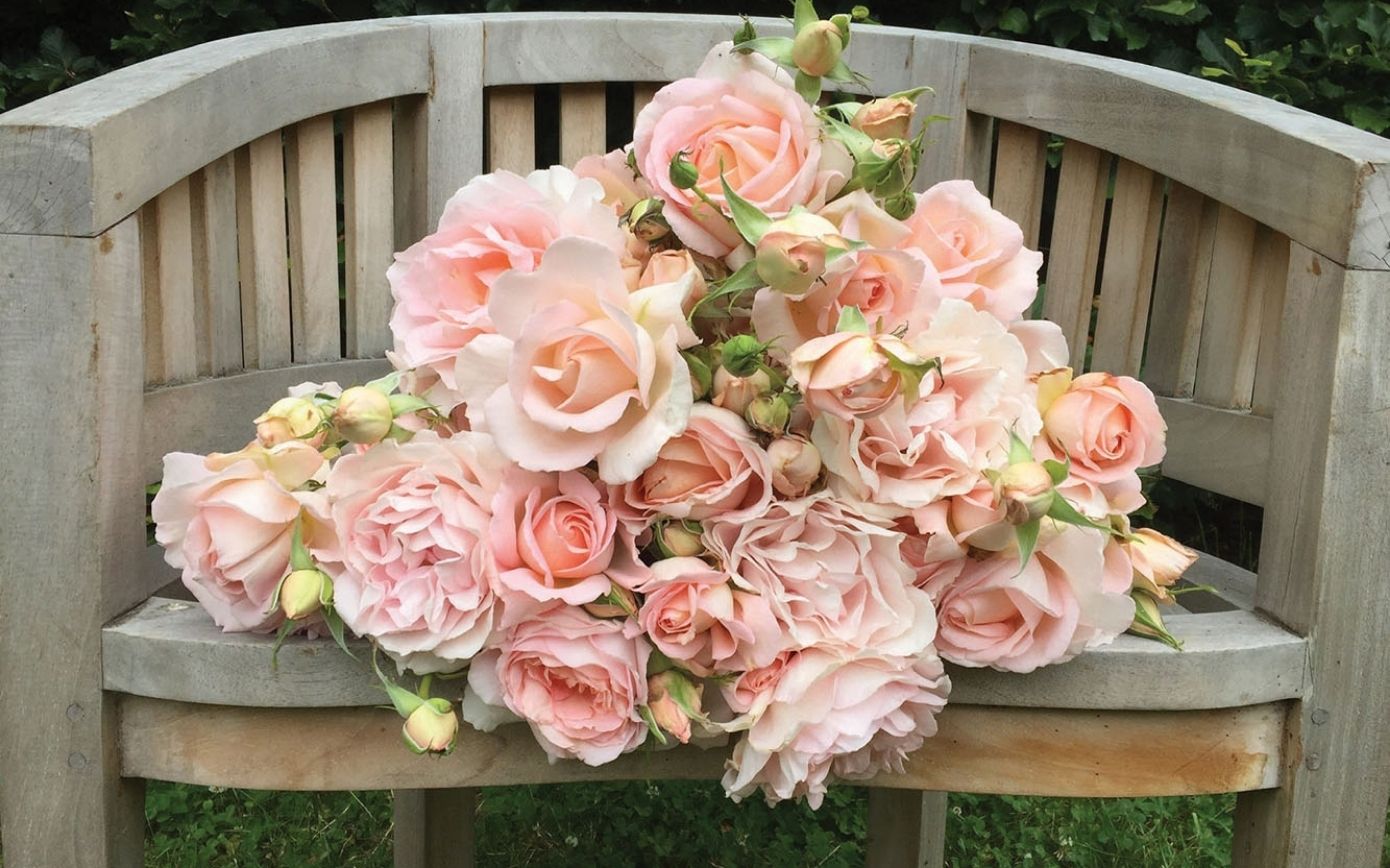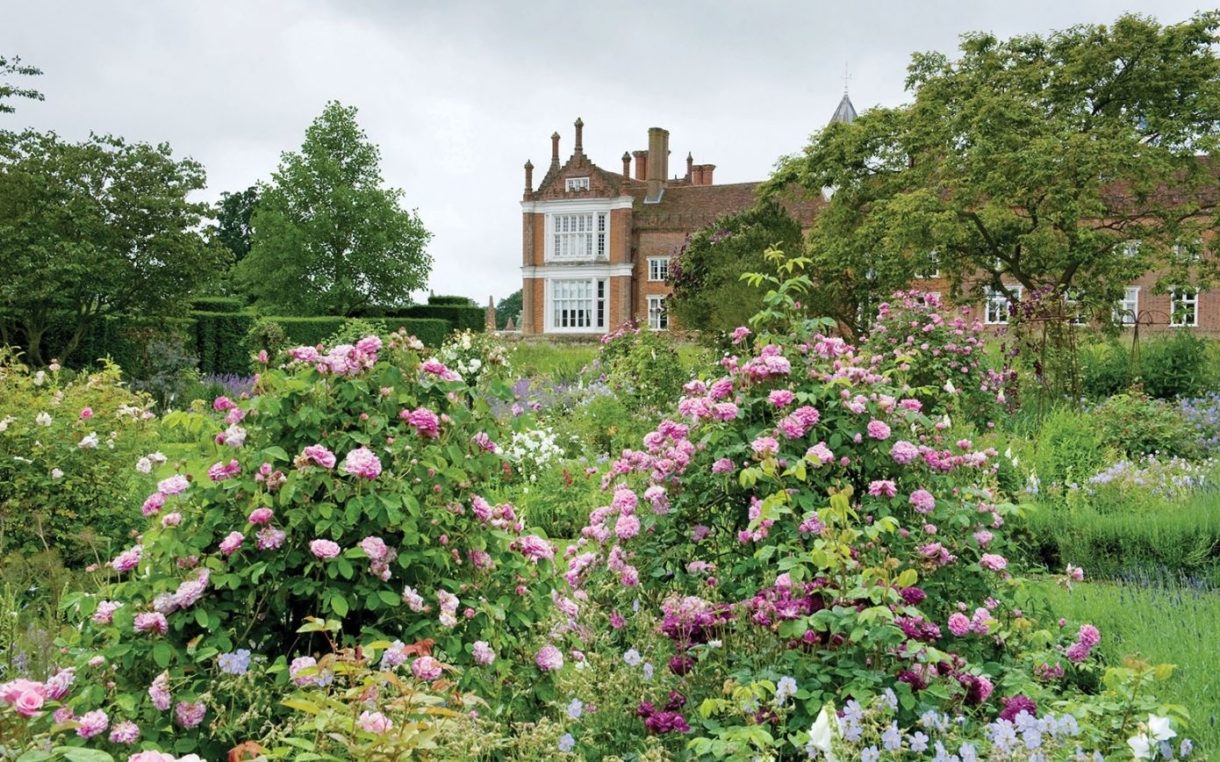Before peak rose season begins, who better to ask about what to buy and how to maintain them than Irish expert grower Susan Lynch …
“Won’t you come into my garden? I would like my roses to see you,” wrote the 18th-century Irish poet and playwright Richard Sheridan. Perhaps he penned these lines in early summer, when the flowers are at peak perfection as seen at rose gardens such as those at Kilkenny Castle, or St Anne’s Park, Co Dublin and at Sir Thomas and Lady Dixon Park, Belfast. Roses, like fashion, have always been a luxury, inciting both passion and obsession. The flower is the subject of a new summer exhibition “Wild & Cultivated: Fashioning The Rose” at The Garden Museum, London. Exhibits will explore the rose in fashion from the Victorian era onwards with designs from Philip Treacy, Alexander McQueen and Richard Quinn among others.
If fashion is trend-led, so too is gardening, and antique roses (also called “old garden roses” or “heirloom roses”) have been enjoying a sustained renaissance. The names “Cécile Brünner”, “Duchesse de Brabant”, “Fantin Latour” and “Marie Pavié” are as covetable to some gardeners as rare wines to oenophiles. These are roses that have been around since before 1867. That’s when hybridisers developed the hybrid tea rose, “La France.” Thus the division was created between “modern roses” (“La France” and all hybrids that followed) and heirloom roses.
If you love history, it’s hard to resist the appeal of continuing a tradition. Who wouldn’t want to grow a “Gallica” rose that dates from the time of the Greeks and Romans? Or a type of “Noisette” that was grown by Thomas Jefferson, or the “Centifolia” (or cabbage Provence rose), prized by Marie Antoinette?

“Chandos Beauty” roses from cut-rose grower Susan Lynch of the Vintage Rose Company.
Antique roses are fat, full of foliage, and billowing with colour. They have good survival instincts: they climb, ramble, trail, and form bushes large and small. They bloom steadily for several seasons or overwhelmingly for one. They can be used as the backbone for a bed or massed for colour in the foreground. The show-stopper is, of course, their wonderful fragrance.
For Irish florist Susan Lynch it was the nostalgic scent of old roses that inspired her to become a specialist cut-rose grower. Her Vintage Rose Company in Oldtown, Co Dublin, supplies city florists with fragrant blooms for events and weddings. “I’ll never forget when one gentleman asked me what perfume I had sprayed onto the roses,” says Lynch.
Pale pink double-flowered “Queen of Sweden”, deep pink intensely scented “Gertrude Jekyll”, pale pink French “Prince Jardiniere” and soft buttercoloured “Mary Berry” hybrid tea rose are some of the varieties found in her garden. She sources her plants from rosarians and nurseries including David Austin, Harkness and Meilland. She recommends Johnstown Garden Centre and Tully Nurseries, Ballyboughal, both in Co Dublin, and Just Roses, Kilfinane, Co Limerick.
Many of Lynch’s 2,000 rose bushes are nurtured in tunnels, before being transfered to surrounding fields; she will move varieties to optimise the scent. She mentions the unusual golden hybrid tea rose “Honey Dijon” as one such variety, whose scent has intensified after eight years of cultivation.

From: A Garden Well Placed by Xa Tollemache, Pimpernel Press. Photograph by Marcus Harpur, GAP Photos Ltd.
Deflecting the difficulties associated with rose growing, Lynch simplifies things: “Roses are sunworshippers and need six hours direct sunlight to thrive, so they do well in south or southwest facing gardens.” She uses organic fertiliser such as horse manure and will add liquid seaweed to every third watering. She also recommends Uncle Tom’s Rose Tonic for maintaining the health of a plant, as well as vigorous weeding.
Clearly rose growers play the long game. Though a cut rose may last for six days during which it will open and fade, the petals being repurposed for pot pourri, its fragrance will often be stored in the memory for winter months. “The very best for scent is the robust peachy apricot ‘Chandos Beauty’ rose,” says Lynch without hesitation.
LOVETHEGLOSS.IE?
Sign up to our MAILING LIST now for a roundup of the latest fashion, beauty, interiors and entertaining news from THE GLOSS MAGAZINE’s daily dispatches.






